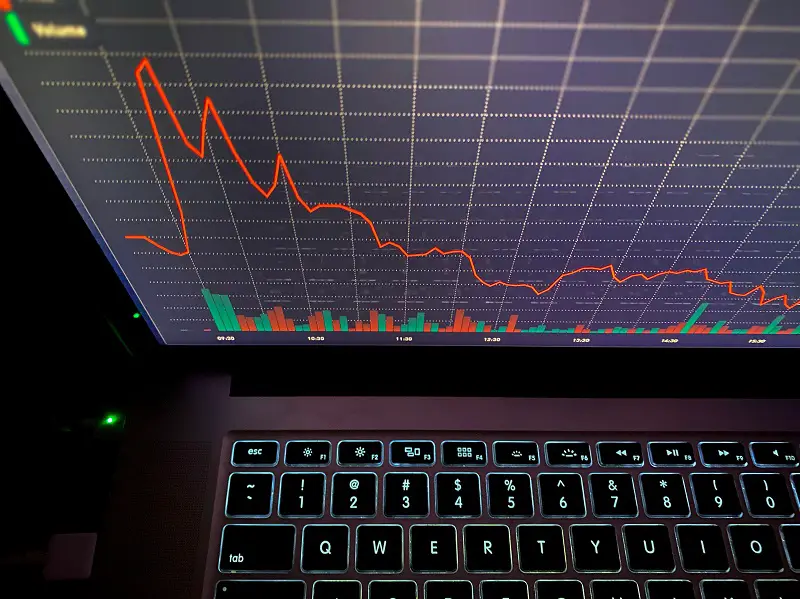In order to trade any instrument, on any platform – be it MetaTrader 4, MetaTrader 5, or any of the other solutions in the market – a trader must be skilled at performing technical and fundamental analysis. Technical analysis is the process of predicting future price movements based on past price action. From past price action several indicators can be derived, and they form the main tools of technical analysis.

Fundamental analysis, on the other hand, means predicting future price movements based on the actual performance of the entity. If it is a company we’re talking about, then we assess its profitability and efficiency, for example. If it is a currency, we evaluate the country’s unemployment and inflation rates, among other factors.
Both types of analysis can be applied to nearly all assets with a few exceptions. Below are some tips on how to use technical analysis, even if you are a beginner and have little experience in the field.
Best tips for technical analysis
-
- Use only one stochastics indicator. There are many stochastic indicators, but you usually need one, so as not to get confused. You can choose the RSI, the MACD, or the stochastics. The default settings in most platforms are usually good, but feel free to adjust them if you have other preferable and tested settings. Most people use those indicators to identify overbought or oversold levels, but it is preferred that you use them to identify trends. A trend is usually characterized by an extended period of the price being oversold or overbought.
- Begin from higher time frames and then move to lower ones. Begin your analysis with the daily or weekly chart, then zoom in on the 4h or the hourly chart, or any other. Higher time frames have more predictive value, given that they contain more price action. Higher time frames help you predict the direction, whereas lower time frames help you find an entry point. All charting platforms, especially Metatrader 4, give you access to all the time frames you need, in addition to other technical tools.
- Use horizontal lines as support and resistance levels. Horizontal lines can be considered as static support and resistance levels. To draw a line, identify three points at the same price level to which the price has reacted in the past. In other words, draw lines by identifying tops and bottoms that happened at similar price levels. The price will likely react to those levels in the future as well. If the price breaks the level, then it is a strong sign of a moving trend.
- Use the moving averages as support and resistance. Normally you can draw horizontal lines to highlight levels of support and resistance. These levels are usually static. Moving averages, on the other hand, act as dynamic support and resistance levels. They follow the price, and the price reacts to them the same way it reacts to horizontal support and resistance levels. You can use 3 moving averages on your chart to trade based on those levels.
- Pick a strategy that combines oscillators (such as RSI) with resistance and support levels. Such strategies give you a better indication of where the market is heading and help you avoid costly mistakes.

Summary
Technical analysis includes a powerful set of techniques that significantly improve your ability to trade. Be sure to use good risk and money management tools to mitigate the downside.
